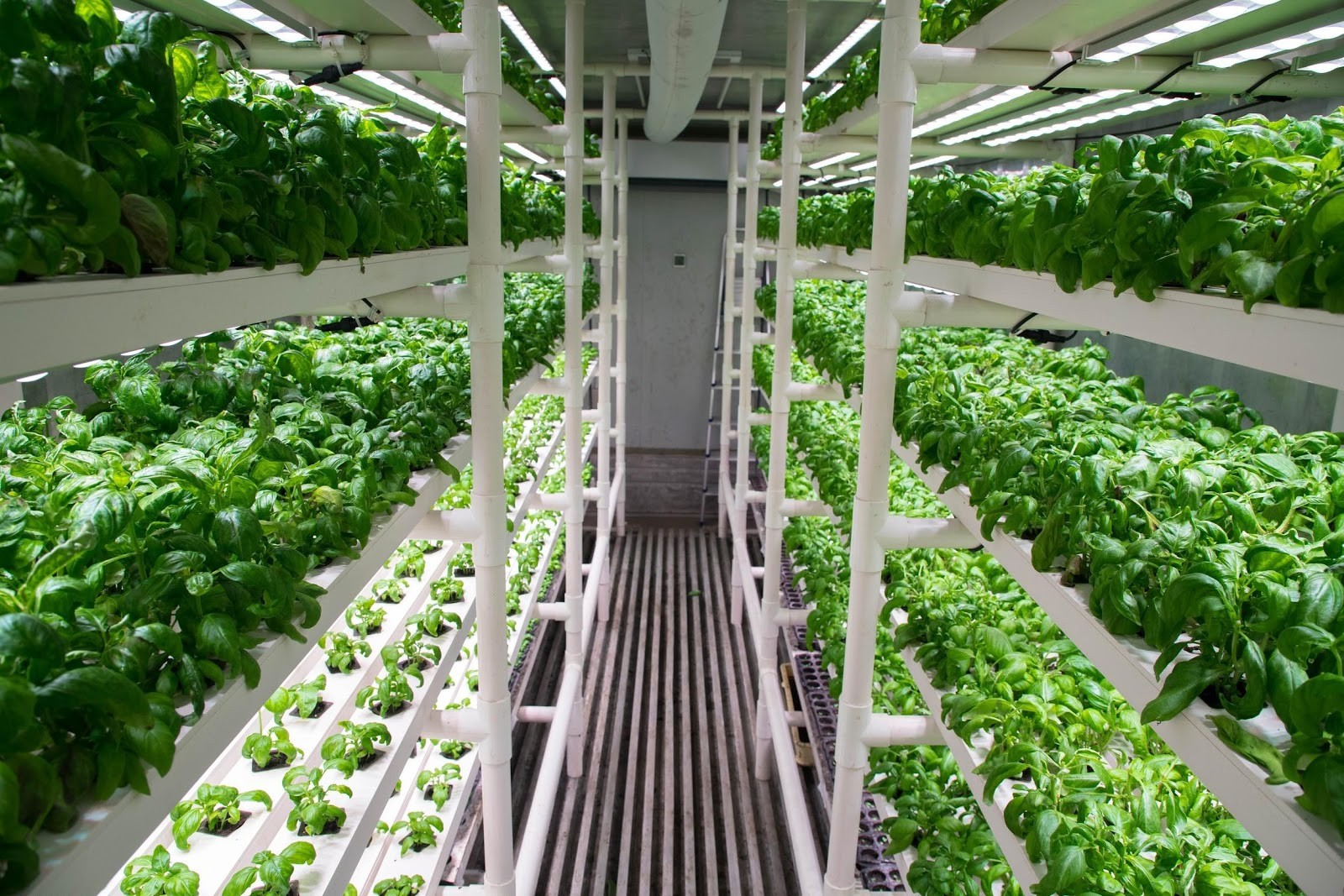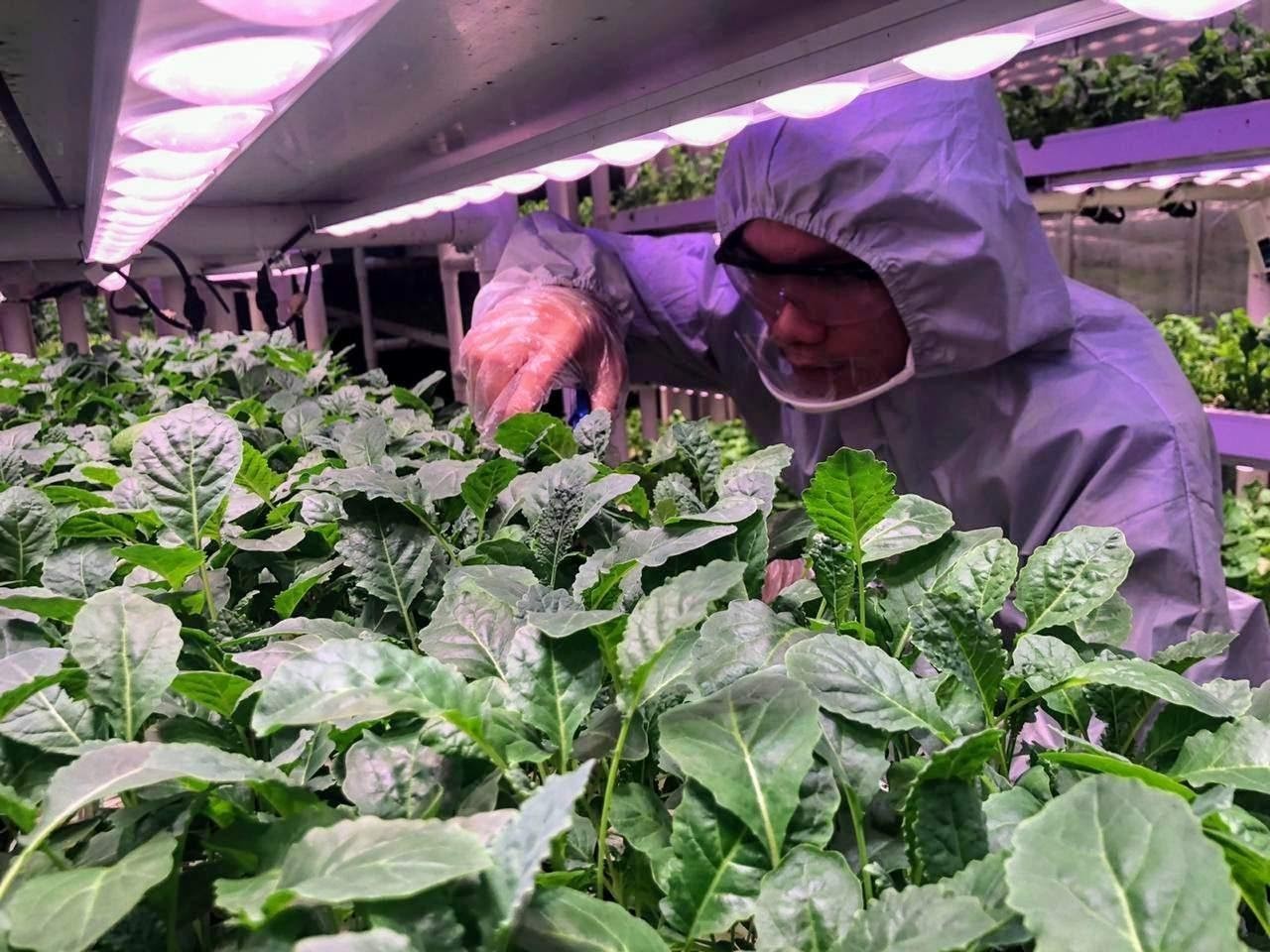The current pandemic has raised many concerns regarding food scarcity and security. Much of the supply chain and infrastructure has been affected. What if there was a way to grow vegetables at least 35 times more effectively using the same amount of land as a traditional farm? Consider that at the same time these vegetables grown are protected from tropical weather, crisis and typhoons, thanks to growing in a biosecure, indoor and clean area without using arable land. Will that be something interesting to pursue?
Future Fresh, the brand of NXTLVL Farms, has the answer. Our story began with the desire to build resilience in agriculture in the Philippines and to improve overall the quality and accessibility of high-value vegetables. We decided to focus on vertically innovative, next-generation, indoor farming using hydroponics. Hydroponics is a method of growing produce without soil in a water-based, nutrient-rich solution.

We farm in 40-ft. containers that we call farm boxes. These have been redesigned and engineered by us to be highly efficient, controlled-environment farms capable of producing 250 kg. of specialty produce monthly. These greens include different varieties of lettuce, baby kale, roquette arugula, savoy spinach, Italian parsley, coriander, Genovese basil and Thai basil.
“ The pandemic led to even stricter controls around the farm. I was always serious about biosecurity and growing produce in the cleanest environment. One of the best things about indoor urban farms is the fact that all the inputs and farming process can be controlled. ”
When news of the pandemic first arose in March, supply chains were greatly disrupted in the Philippines. At that time, roads were closed, and policies were changing. Given that our indoor farm is in Quezon City, deliveries from Future Fresh were never interrupted.
Some days, Future Fresh was the only supplier of lettuce in supermarkets and the only convenient way for customers to receive fresh produce with next-day delivery. Right now, we are still the only indoor farm that harvests and delivers the same day daily.
The pandemic led to even stricter controls around the farm. I was always serious about biosecurity and growing produce in the cleanest environment. One of the best things about indoor urban farms is the fact that all the inputs and farming process can be controlled. You know what is going into your food and you can create the best growing environment for the plants. To grow in a clean and sterile farm without the use of pesticides and no harmful chemicals or sprays reflects in the top-quality produce Future Fresh harvests daily.
Testing for COVID-19 also had to be implemented regularly for our entire farm team, including delivery personnel. We owe it to our customers to make sure they feel safe when ordering produce from Future Fresh. Our farmers wear PPE gear, gloves, and face shields during farming operations.

In the Philippines, leafy greens pass through eight pairs of hands before reaching the end-customer. During each of those stages, the produce will lose nutritional value, shelf life and risk contamination. Our produce, however, only passes through two pairs of hands — the farmer and the delivery personnel — before reaching the end-customer. This also reduces any risk of virus spreading and a true benefit of indoor, urban farming.
In times of crisis, access to nutritious food directly from farmers is crucial. Knowing where your food is coming from is also a growing concern. Urban farms, like ours, operate and supply the nation's fresh produce within city boundaries uninterrupted. In times where typhoons and difficult climate conditions wiped out harvests, we were still supplying.
We have proven to be a pandemic-proof business, thanks to our proximity to customers and markets and our highly contained, sanitary and automated production and processing methods. There has been a significant rise in delivery orders from our online segment since the pandemic started. People are interested in high-value produce. They have a desire to buy local from a source they trust.
Edited by Tanya T. Lara
